America’s national parks offer breathtaking beauty, but serious dangers are hidden beneath their stunning landscapes that claim lives each year. The Deadliest National Parks in the United States pose unique challenges that have led to numerous fatalities and rescue missions.
Many visitors underestimate the raw power of nature in these parks. Extreme weather, treacherous terrain, and remote locations create a perfect storm of hazards. What starts as a simple day hike can quickly turn into a life-threatening situation.
This detailed guide reveals America’s most dangerous national parks, ranked by fatality rates and rescue operations. By understanding these risks, you’ll learn what makes these parks particularly hazardous and how to explore them safely.
#1. Grand Canyon National Park
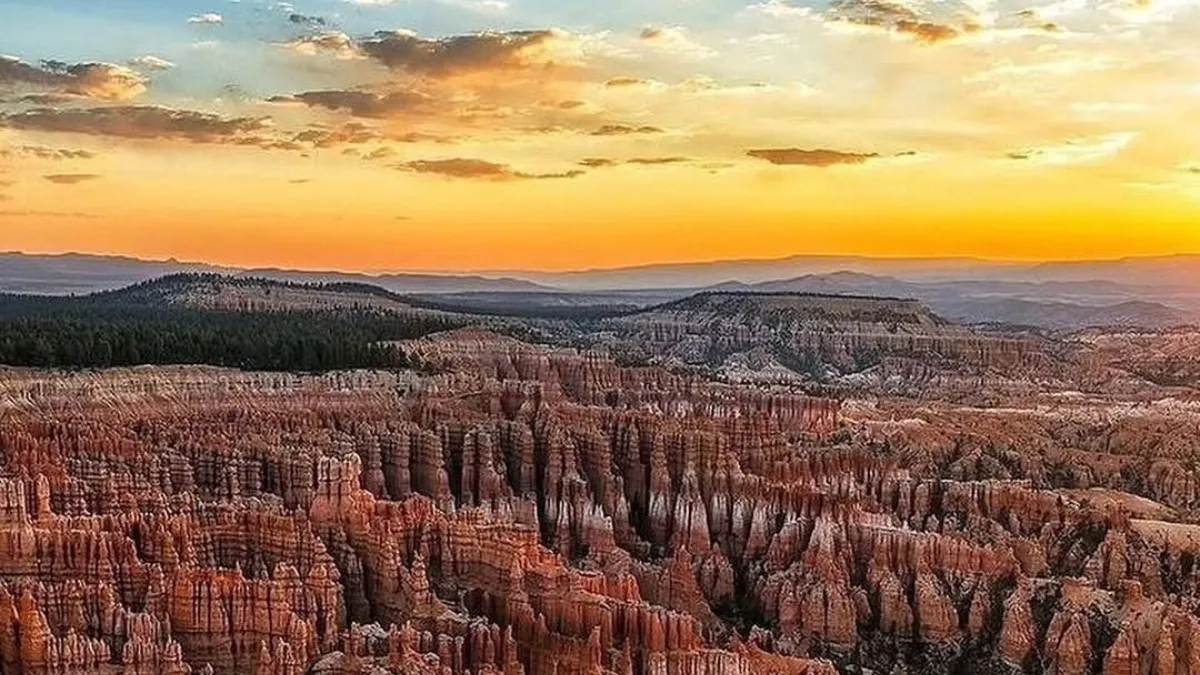
Natural beauty masks hidden dangers in this mile-deep wonder. Recent statistics show 134 fatalities between 2007-2023, topping the list of park casualties. Surprising to many visitors, falling isn’t the primary risk here. The scorching summer sun poses the greatest threat to unprepared tourists. Many deaths stem from health issues complicated by extreme heat and dehydration.
Rescue teams frequently help exhausted hikers who underestimate the canyon’s challenges. Trail markers can mislead visitors about actual walking distances. The steep climb back up catches many people off guard. Smart hikers plan their visits during cooler months for safety. Morning walks offer both spectacular views and lower temperatures.
Park rangers recommend carrying twice the water you think you’ll need. The combination of altitude and dry climate quickly depletes body fluids. Emergency calls spike during peak tourist season. Experienced visitors know the importance of rest stops and shade breaks.
#2. Yosemite National Park
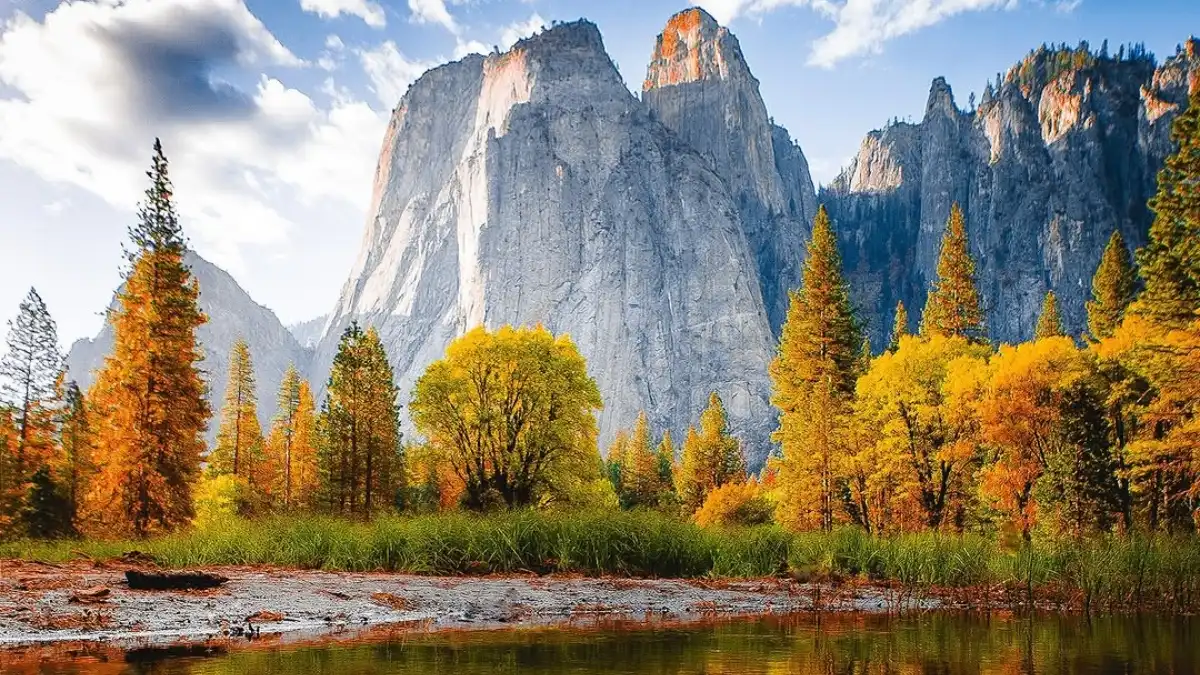
Towering granite walls attract both skilled climbers and casual photographers. Social media’s influence has created new risks for visitors seeking dramatic shots. Since 2010, 45 people have lost their lives from falls in the park. Popular spots like Half Dome and Taft Point see frequent accidents.
Water poses another significant danger with 17 drowning incidents reported. Swift currents surprise swimmers in seemingly calm areas. Rock climbers face obvious risks on the famous walls. However, most accidents happen to regular hikers on marked trails. The pursuit of dramatic photos leads some visitors to dangerous positions. Slippery rocks near waterfalls create hazardous conditions year-round.
Winter ice and snow add extra challenges to normal hiking routes. Rangers constantly remind visitors to maintain safe distances from edges. The park’s beauty sometimes distracts from its wild nature. Weather conditions can change rapidly without warning.
#3. The Great Smoky Mountains National Park

America’s most visited national park faces unique challenges with safety. Over 14 million annual visitors crowd its winding mountain roads. Vehicle accidents account for most fatalities in this busy park. Narrow roads and distracted driving create dangerous situations. The park recorded 92 deaths during a recent 15-year period.
Congested parking areas complicate normal driving challenges. Seasonal changes bring different hazards throughout the year. Fog can reduce visibility suddenly on mountain passes. Wildlife encounters occasionally cause traffic problems. Tourist excitement sometimes leads to careless driving decisions.
Heavy rainfall can make roads slick and treacherous. Popular viewing spots often have limited parking space. The mix of scenic beauty and traffic demands extra attention. Local weather patterns can surprise unprepared drivers. Rangers recommend using pullouts for taking photos.
#4. Denali National Park and Preserve

Alaska’s premier park shows nature’s raw power year-round. Despite fewer visitors, it ranks high in fatalities per capita. Environmental factors cause most deaths in this remote wilderness. The park sees 9.8 deaths per million visitors, leading the statistical risk chart. Extreme weather can trap even well-prepared adventurers.
Mountain climbing attempts often face sudden condition changes. Surprisingly, only one fatal bear encounter has occurred in over 100 years. Cold temperatures and high winds create life-threatening situations quickly. Rescue operations face significant challenges in remote areas. The vast wilderness leaves little room for navigation errors. Seasonal changes bring different but equally serious risks.
Physical fitness plays a crucial role in survival situations. Local wildlife generally avoids human contact. The park’s isolation means help might arrive slowly. Experienced guides strongly recommend careful trip planning.
#5. Virgin Islands National Park

Tropical waters hide dangers beneath their sparkling surface. This Caribbean paradise sees more drownings than any other type of accident. Strong currents can surprise even experienced swimmers. The park averages 6 deaths per million visitors annually. Cruise ship tourists sometimes underestimate ocean conditions.
Snorkeling spots require careful attention to changing tides. Beach activities need constant awareness of water safety. Boat traffic adds extra risks to swimming areas. Sun exposure often contributes to waterfront emergencies. Popular spots can become crowded during peak season.
Marine life rarely causes serious problems for visitors. Weather patterns can shift quickly in coastal areas. The park’s beauty sometimes distracts from necessary caution. Local guides emphasize respecting ocean conditions. Rangers patrol beaches regularly during busy periods.
#6. Grand Canyon National Park

Arizona Millions of visitors flock to this natural wonder each year, making it one of America’s busiest national parks. Unfortunately, its breathtaking views and challenging terrain can lead to serious accidents. Steep cliffs and extreme desert temperatures create hazardous conditions for unprepared hikers.
Many emergencies occur when tourists underestimate the canyon’s depth and attempt to hike back up in scorching heat. Summer temperatures often soar above 100 degrees Fahrenheit, causing severe dehydration and heat exhaustion. Search and rescue teams respond to countless emergencies annually, with many incidents involving tourists who venture too close to cliff edges for photos.
The park’s vast size and complex terrain make rescue operations particularly challenging. Weather conditions can change rapidly, catching hikers off guard. Experienced hikers strongly recommend carrying plenty of water, staying on marked trails, and avoiding hikes during peak afternoon heat.
#7. Isle Royale National Park

Michigan Nestled in Lake Superior, this remote island wilderness presents unique dangers to visitors. Reaching medical help quickly becomes nearly impossible due to the park’s isolation. Boats and seaplanes provide the only access to this rugged archipelago.
Harsh weather can strand visitors for days, turning minor emergencies into serious situations. Limited communication options make it difficult for visitors to call for help when needed. Wild animals, including wolves and moose, roam freely throughout the islands. Hypothermia threatens visitors year-round, as Lake Superior’s cold waters influence the climate.
Experienced backpackers face challenges navigating the rocky terrain and dense forests. The park’s remoteness attracts adventurous souls, but this same isolation creates significant risks. Rangers strongly advise visitors to bring emergency supplies and carefully plan their trips.
#8. Big Bend National Park, Texas

Located along the Mexican border, this vast wilderness combines desert heat with mountainous terrain. Visitors often underestimate the harsh desert environment and its effects on the human body. Summer temperatures frequently reach dangerous levels, making even short hikes potentially lethal.
The Rio Grande creates additional hazards with its deceptively strong currents. Mountain trails offer stunning views but also expose hikers to sudden weather changes and treacherous conditions. Wildlife encounters, including mountain lions and bears, add another layer of risk.
The park’s massive size makes it easy for hikers to lose their way, especially in areas with limited cell service. Rangers regularly remind visitors to carry detailed maps and extra water. Flash floods can occur without warning, particularly during monsoon season.
#9. Denali National Park & Preserve, Alaska

This massive wilderness area showcases North America’s tallest peak and some of its most challenging conditions. Extreme weather can strike any time of year, with temperatures plummeting dangerously low. Mountaineers face severe challenges, including altitude sickness and sudden storms.
The park’s remote location complicates rescue efforts, often delaying emergency response times. Wildlife encounters with grizzly bears pose serious risks to unprepared visitors. Rapidly changing weather patterns can trap hikers and climbers in life-threatening situations.
The harsh environment demands respect and thorough preparation from all visitors. Many accidents occur when people underestimate the terrain’s difficulty or the weather’s severity. Experienced guides strongly recommend extensive planning and proper equipment for any backcountry expedition.
#10. North Cascades National Park
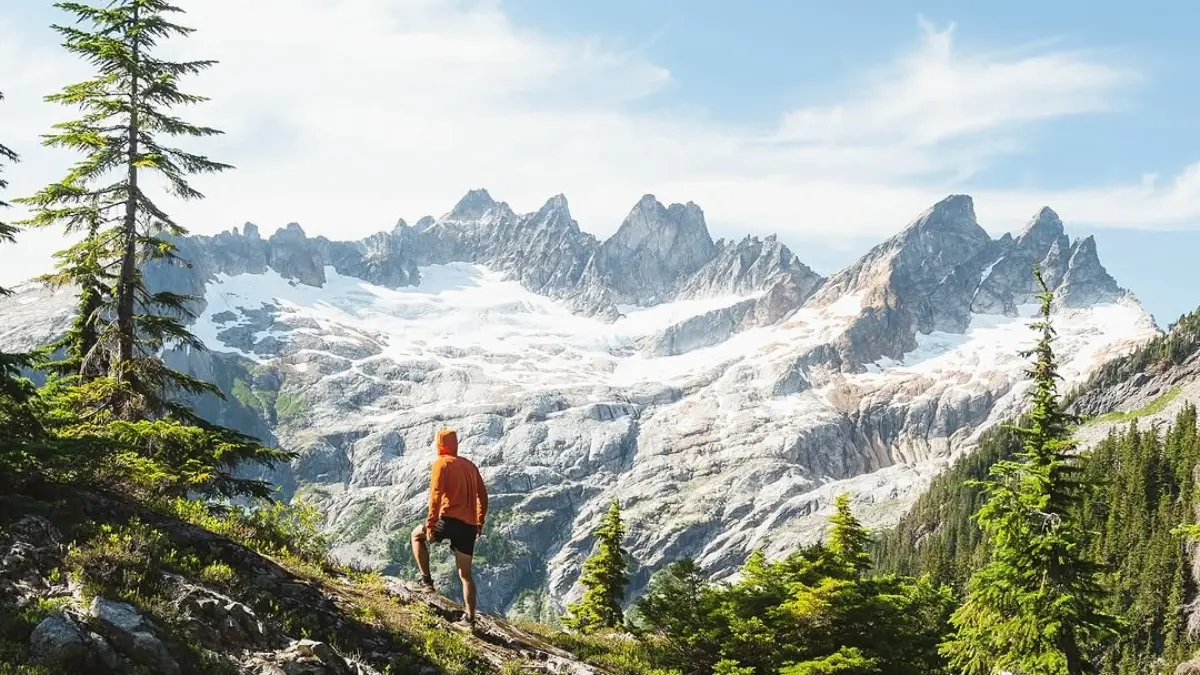
Washington This rugged mountain range presents visitors with challenging alpine terrain and unpredictable weather. Steep trails and loose rocks create treacherous hiking conditions throughout the park. Glaciers add another layer of danger, with hidden crevasses threatening even experienced mountaineers. Sudden storms can develop quickly in the mountains, catching hikers unprepared. Limited cell phone coverage makes emergency communication difficult in m
any areas. The park’s remote sections often require long response times for rescue operations. Wild animals, including bears and mountain lions, roam throughout the wilderness. Seasonal avalanches pose significant risks during winter and spring months.
Rangers emphasize the importance of carrying proper navigation tools and emergency gear. The combination of rough terrain and weather creates particularly challenging conditions for search and rescue teams.
#11. Dry Tortugas National Park
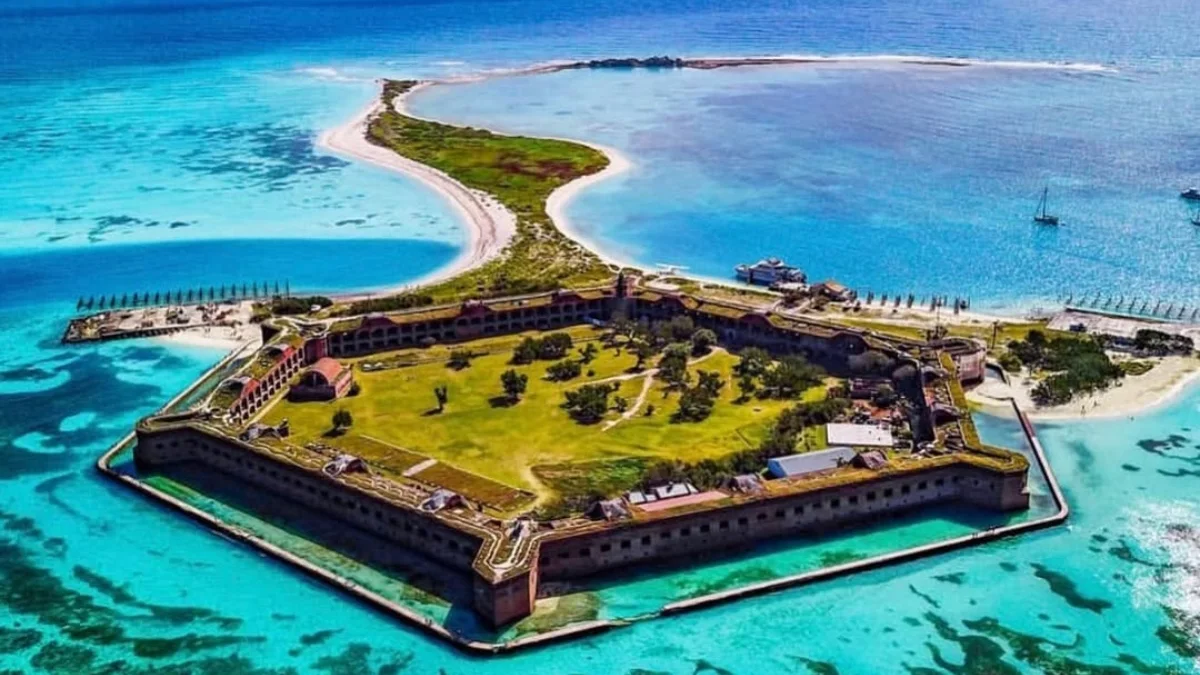
Florida Located in the Gulf of Mexico, this remote cluster of islands poses unique challenges for visitors. The intense sun and surrounding waters create a deceptively dangerous environment. Boats provide the only access to these historic islands, making emergency evacuations particularly challenging.
Many accidents occur when snorkelers underestimate strong currents or distance from shore. The hot, humid climate can quickly lead to heat exhaustion and dehydration. Dangerous marine life, including jellyfish and sharks, inhabit the crystal-clear waters. Storm conditions can change rapidly, stranding visitors on the islands without warning.
Medical facilities sit hours away by boat, complicating even minor emergencies. The park’s isolation demands careful preparation and respect for weather conditions. Visitors must bring adequate supplies, as no fresh water sources exist on the islands.
#12. Guadalupe Mountains National Park
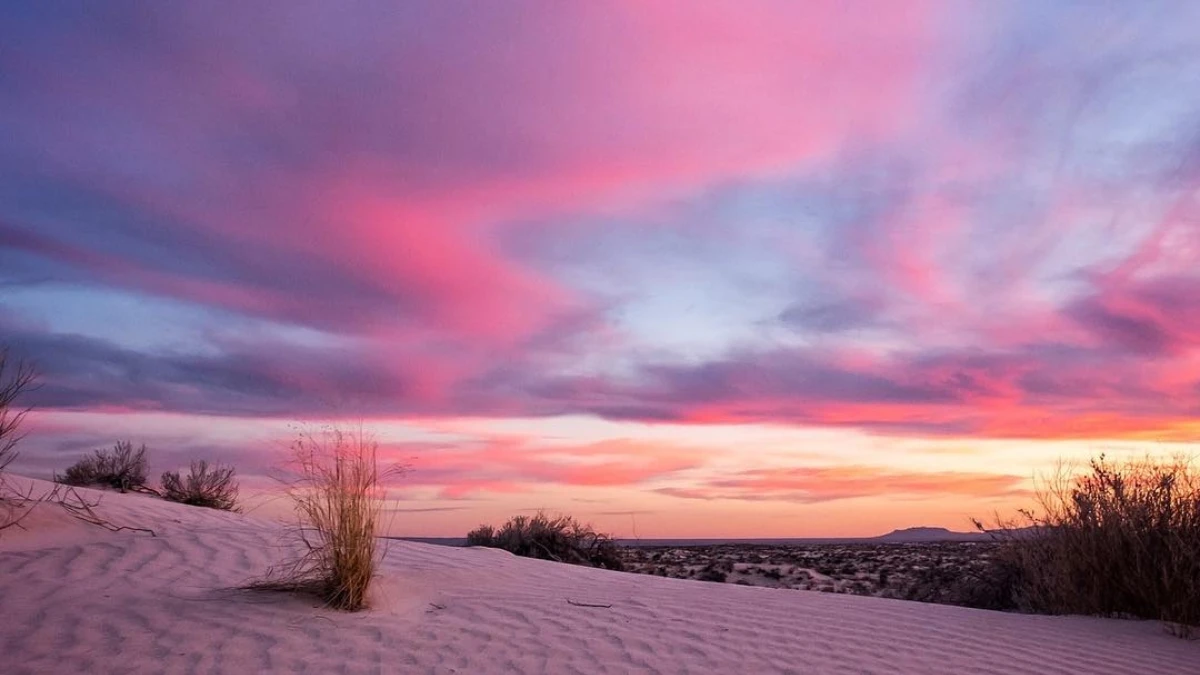
Texas Rising from the Chihuahuan Desert, these rugged mountains challenge visitors with extreme conditions. Summer heat often exceeds 100 degrees, while winter brings unexpected snow and ice. The steep trails test even experienced hikers, with loose rocks and sudden dropoffs creating hazardous conditions.
Rattlesnakes frequently surprise hikers on remote paths. Limited water sources throughout the park require careful planning for longer hikes. Mountain lions occasionally stalk the backcountry, adding another layer of risk. Flash floods can occur during monsoon season, transforming dry creek beds into raging torrents.
The remote location means emergency help may take hours to arrive. High winds regularly buffet the mountain peaks, creating dangerous conditions for climbers. Rangers strongly advise carrying emergency supplies and checking weather forecasts before setting out.
#13. Yosemite National Park

California Towering granite cliffs and powerful waterfalls make this park both stunning and hazardous. Rock climbers face significant risks on the famous walls, where weather changes can trap them thousands of feet up. Waterfall pools lure swimmers into dangerous currents each year.
Bears frequently encounter visitors, leading to dangerous confrontations over food. Winter brings avalanche risks and treacherous ice on popular trails. The park’s size and varied terrain complicate rescue operations significantly. Lightning strikes pose serious threats during summer thunderstorms.
Many accidents occur when hikers leave marked trails to take photos. Falling rocks create unexpected hazards throughout the park. Rangers continually warn visitors about the dangers of feeding or approaching wildlife.
#14. Channel Islands National Park

California Ocean currents and weather patterns create challenging conditions around these isolated islands. Strong winds can prevent boats from reaching the islands, stranding visitors unexpectedly. The rocky coastline poses risks for kayakers and boaters who venture too close.
Limited fresh water on the islands requires visitors to carry their own supplies. Fog often rolls in quickly, making navigation treacherous for hikers and boaters alike. The remote location means emergency response times can stretch for hours. Wildlife encounters, including aggressive seals and sea lions, occur regularly.
Steep cliffs claim unwary photographers who venture too close to edges. Weather conditions can change dramatically between the mainland and islands. Rangers emphasize the importance of filing float plans before visiting.
#15. Wrangell-St. Elias National Park & Preserve, Alaska

America’s largest national park presents visitors with vast wilderness and extreme challenges. Glaciers cover large portions of the park, hiding deadly crevasses beneath snow bridges. Bears roam freely throughout this massive wilderness area. Weather conditions can trap visitors for days without warning.
The park’s enormous size makes rescue operations extremely difficult and time-consuming. Hypothermia threatens visitors year-round in this harsh environment. Rivers fed by glacial melt create treacherous crossing points for hikers.
Many areas lack any trail markers or established paths. Altitude sickness affects visitors unused to the high elevations. The combination of isolation and extreme conditions demands extensive preparation and wilderness experience.
